Gallery: Stunning photos from the Arctic

In a remote fjord in northern Svalbard Yves Asams found a carcass of a dead fin whale. He was not the first one however; polar bears already found the carcass before them and were feasting on the meat.
At least 11 bears were patrolling the carcass says Yves. Normally mother bears would never come near males with their cubs, but at the carcass all the bears seemed to be very relaxed and the cubs even had time to play.
He was focusing on this mother with cub, when the cub started climbing on the back of his mother says Yves. When the head of the mother suddenly turned to have a look at her cub, like she wanted to tell it not to play too wildly, and they made eye-contact.
Photo Credit: Yves Adams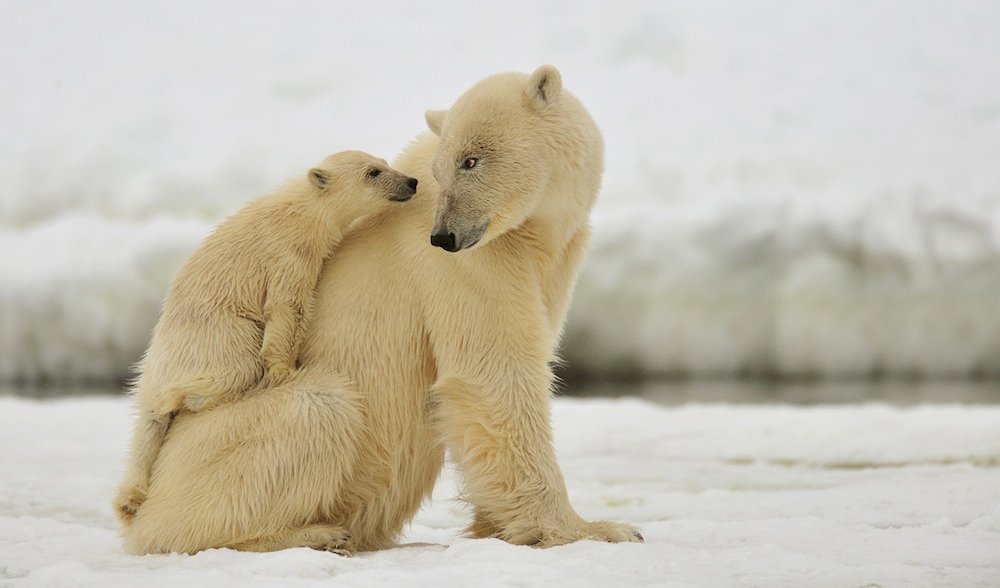
A polar bear (Ursus maritimus) swimming through the water in Nanavut, Canada.
Photo Credit: Joe Bunni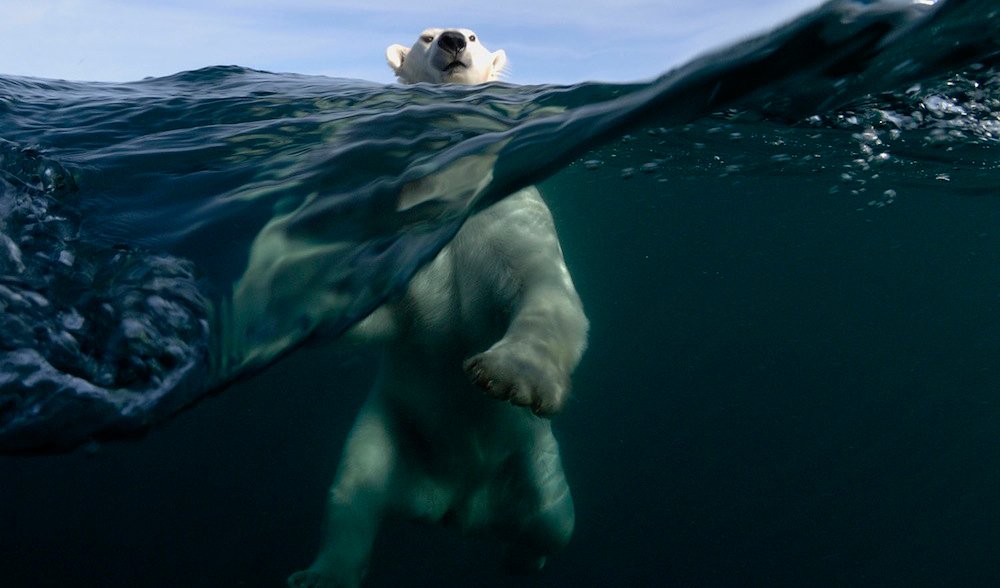
This picture was taken during the filming of a promo about the program on Roy Mangersmes’s wildlife photography made for Norwegian television. Roya says: I spent a week in Dovrefjell National Park in Norway, with a cameraman and an assistant. We trying to photograph musk oxen, animals lived alongside the extinct woolly mammoth 40,000 years ago, in their winter habitat.
In January the temperature was about minus 25 degrees, and strong winds made the job tough. This big bull had been laying down in the snow for 25 minutes before he got up and started shaking. It is one of a series of pictures of the process.
Photo Credit: Roy Mangersnes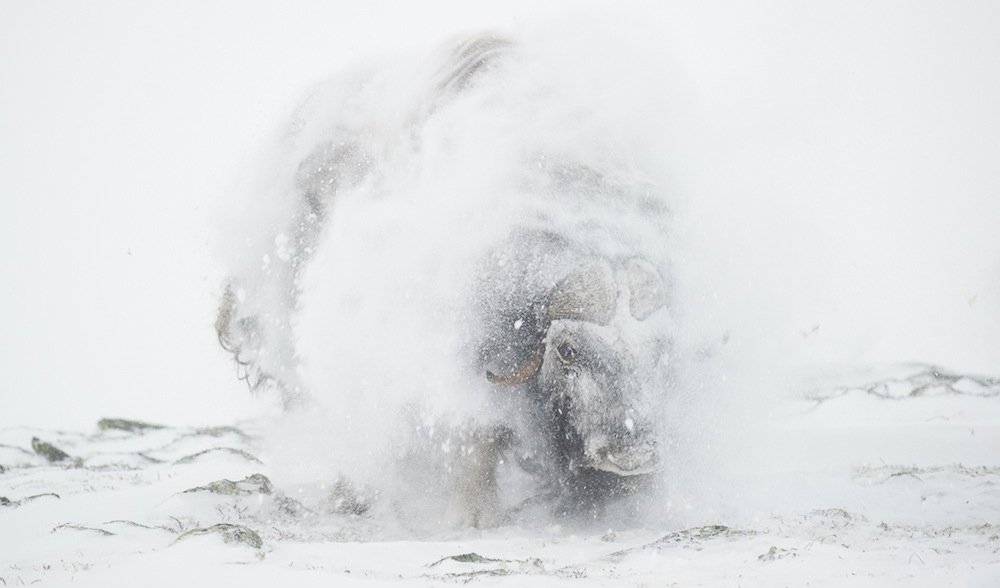
The small village of Reine on in northern Norway surrounded by snow-covered mountains.
Photo Credit: Stefan Hefele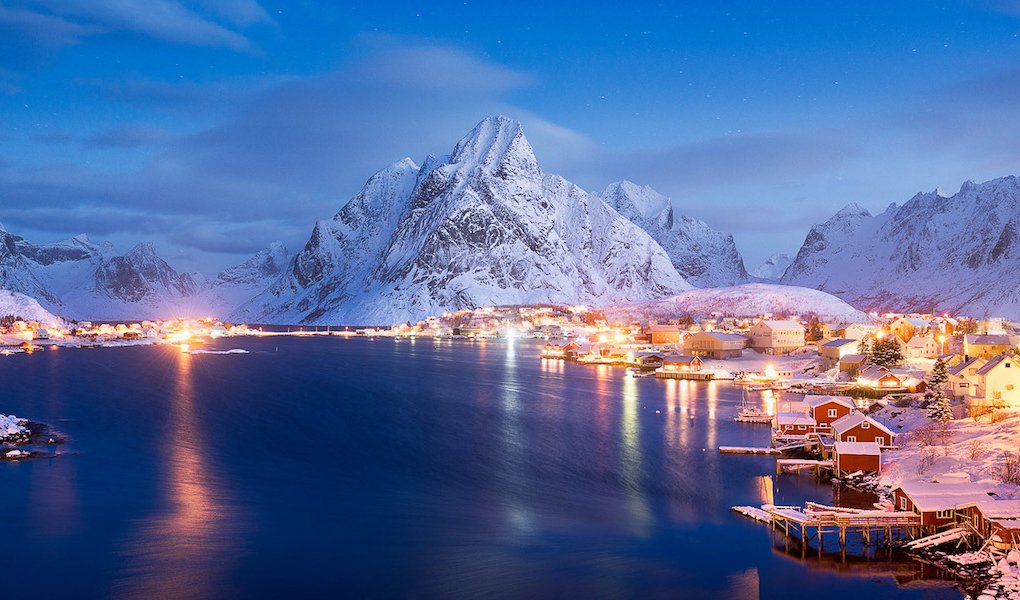
The Kirkjufell is a wonderful shaped mountain, located on the north side of the Snæfellsnes Peninsula in west Iceland says photographer Martin Schulz. I have visited this location many times in all seasons.
On this occasion I had arrived in the late afternoon and the sky was turning a beautiful soft red. After taking a few shots in the ice-cold wind, I warmed up inside my car waiting for the night to arrive. The aurora forecast had promised great conditions. After a few cups of hot coffee, the darkness slowly descended on the landscape.
Around half an hour later the northen lights began to show, beginning with a small green stripe on the horizon right above the Kirkjufell. The green glow became more and more intense until it stretched like a strong bright band, burning out across the sky.
Photo Credit: Martin Schulz
This is a photo of a Moose I helped rescued at Muncho Lake in northern BC, Canada, says photographer Chris Gale. As we were driving by the lake we saw this head sticking out of the ice and people standing on the lake shore. So we stopped the truck and grab all the rope we had and ran down to the lake. When we got there the moose had already been in the lake for a long time and was starting to go under, so we tied a rope around the waist of one of my friends and he walked out on the rotten ice with a lasso and tried to rope the moose. It took him a few tries, but he got the rope around the moose’s head. Then about ten of us pulled it out of the icy water. Once the moose was out it wasn’t scared of us and let us walk up to it and cut the rope then the moose walked back into the forest stopping once to look back us as if it was saying thank you.
Photo Credit: Chris Gale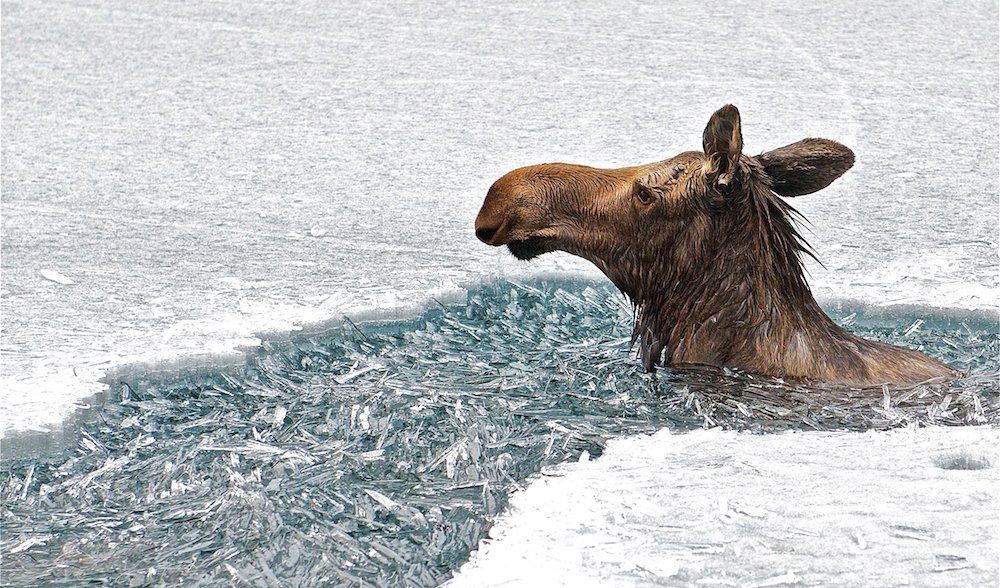
This star studded sky was captured on a tundra in the autumn of 2012. Danil Husainov, the photographer, was staying with reindeer herders at the time. There were no cellphones or internet he says, and electricity was only available from a gasoline generator. All there was Danil says was wind and the starry sky.
Photo Credit: Danil Husainov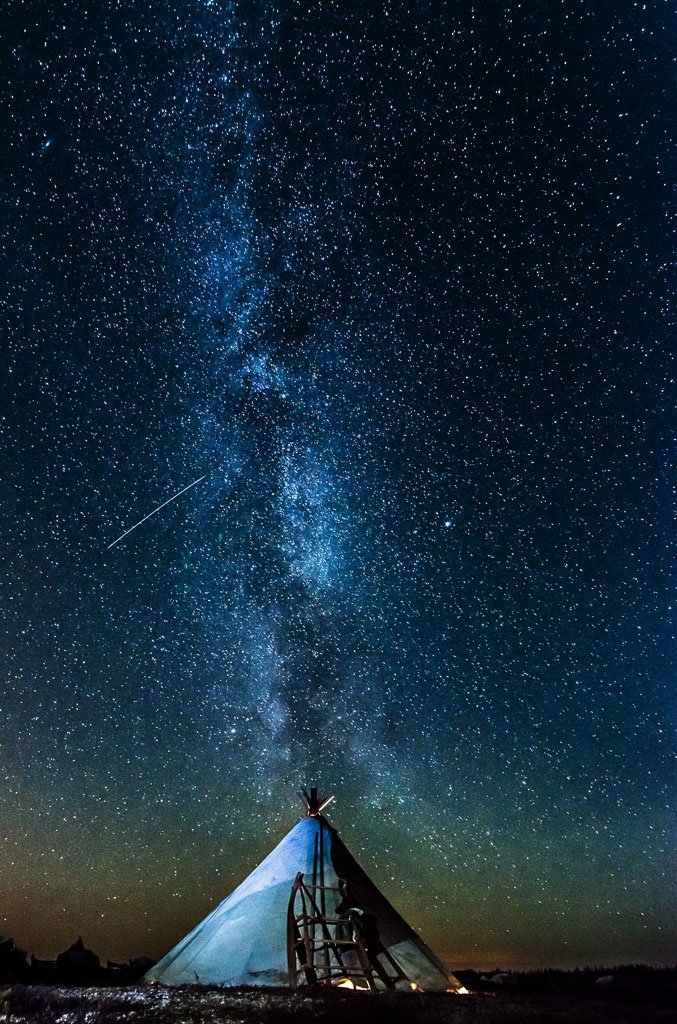
This photograph was taken in May 2010 during a 2300km crossing of the Greenland ice sheet on skis and with the help of kites. Barely seven days into the trip a powerful storm that pinned us down in our tent for six days and seven nights.
This photo was taken while the storm hurled 80+/mph winds at our tent. We still managed to complete the mission 35 days later at the northern Inuit community of Qaanaaq, setting a world record for the longest distance traveled in one 24-hour period with 595km.
Photo Credit: Sebastian Copeland
This picture of a puffin was taken in southern Iceland on the 115m towering volcanic peninsula of Dyrhólaey in Iceland. Dyrhólaey is located approximately 6km west of the village Vik í Mýrdal.
Photo Credit: Christian Schweiger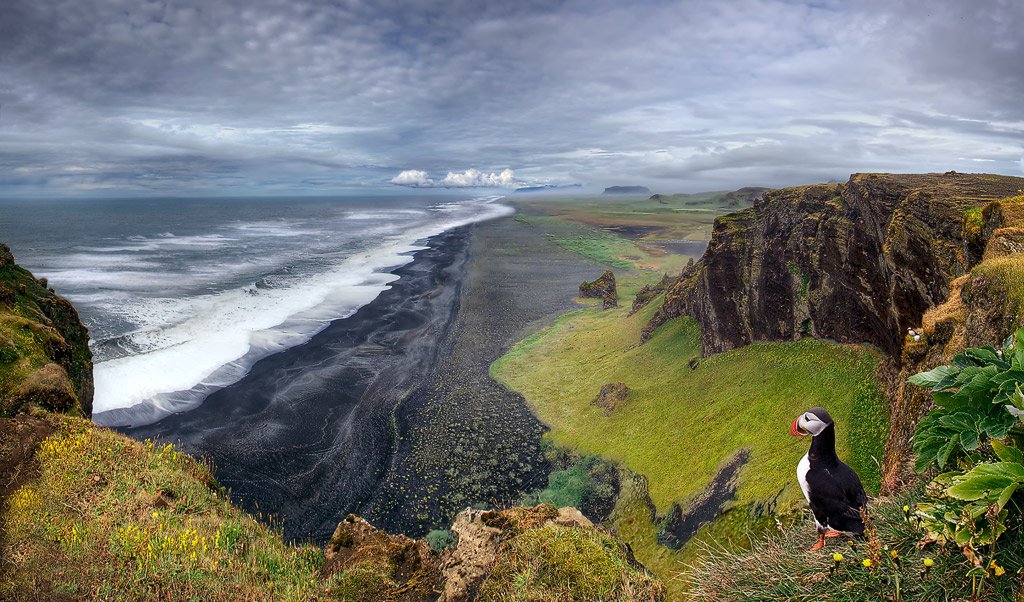
This photo was taken from a helicopter during photographer and blogger Sergey Doyla’s first campaign with the Olympic torch to the North Pole. The Olympic torch for the Winter Games in Sochi, Russia, made quite the journey. On October 19, 2013 it reached the North Pole after a record-breaking 91-hour trip aboard the nuclear icebreaker, 50 Let Pobedy, from Murmansk, Russia.
Photo Credit: Sergey Dolya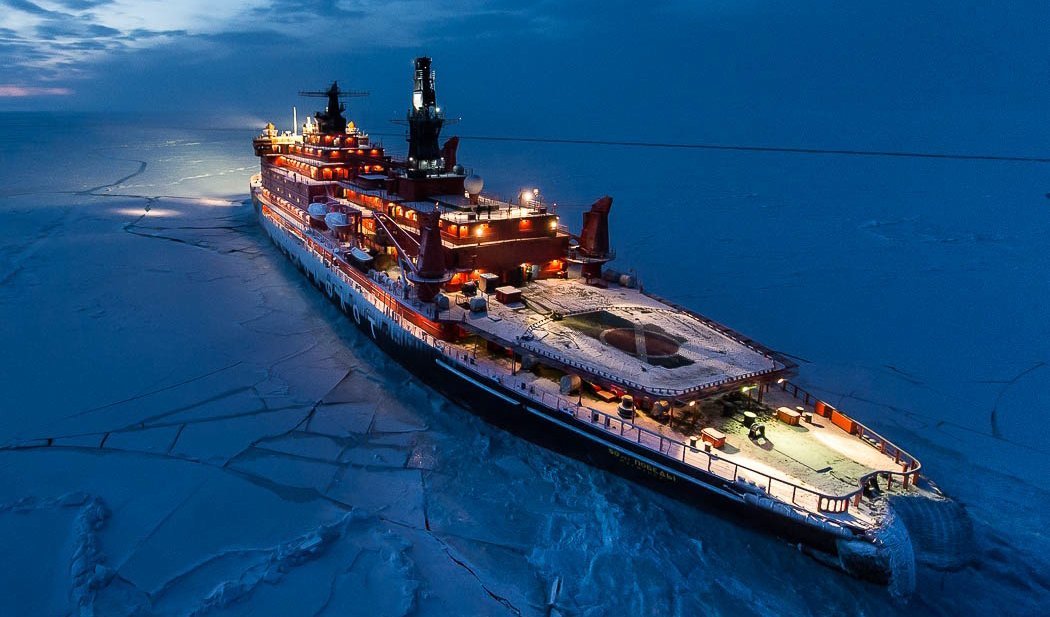
On my first visit to Kvitøya says Roy Mangersnes, I went as far north-east on Norway’s Svalbard island as you can go. There I encountered this polar bear walking along the shores in search for food. He was hungry and restless because there was nothing to eat. The soft backlight gave me the opportunity to underexpose and I went for a black and white impressionistic shot when he passed me.
Photo Credit: Roy Mangersnes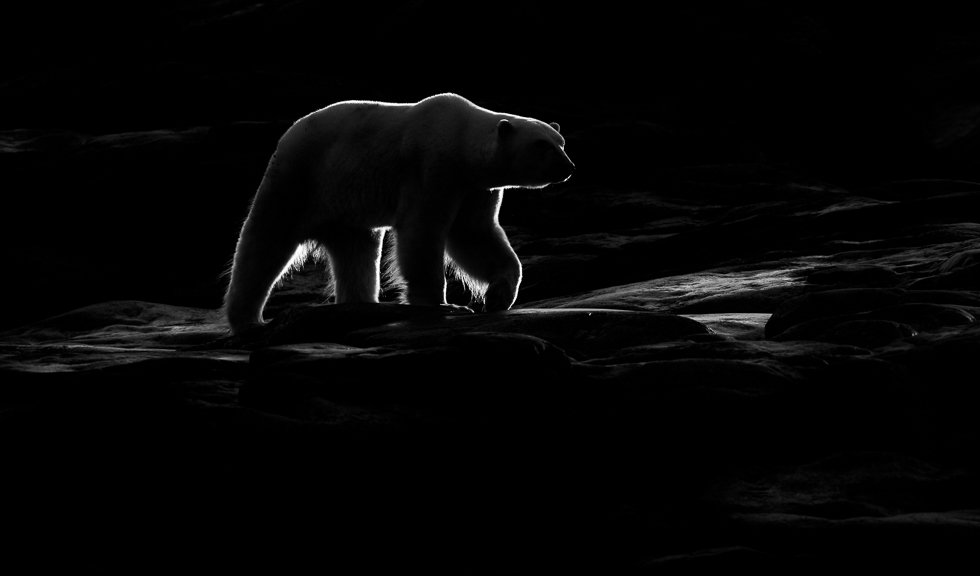
I took this shot of the Kirkjufell at about 2am in the morning, says photographer Simon Roppel. Simon patiently waited 2-3 hours for the perfect light to showed up.
Photo Credit: Simon Roppel
Two men entertain themselves in the northern Ural mountains in at hut at the headwaters of a local river in November 2012.
Photo Credit: Sergey Makurin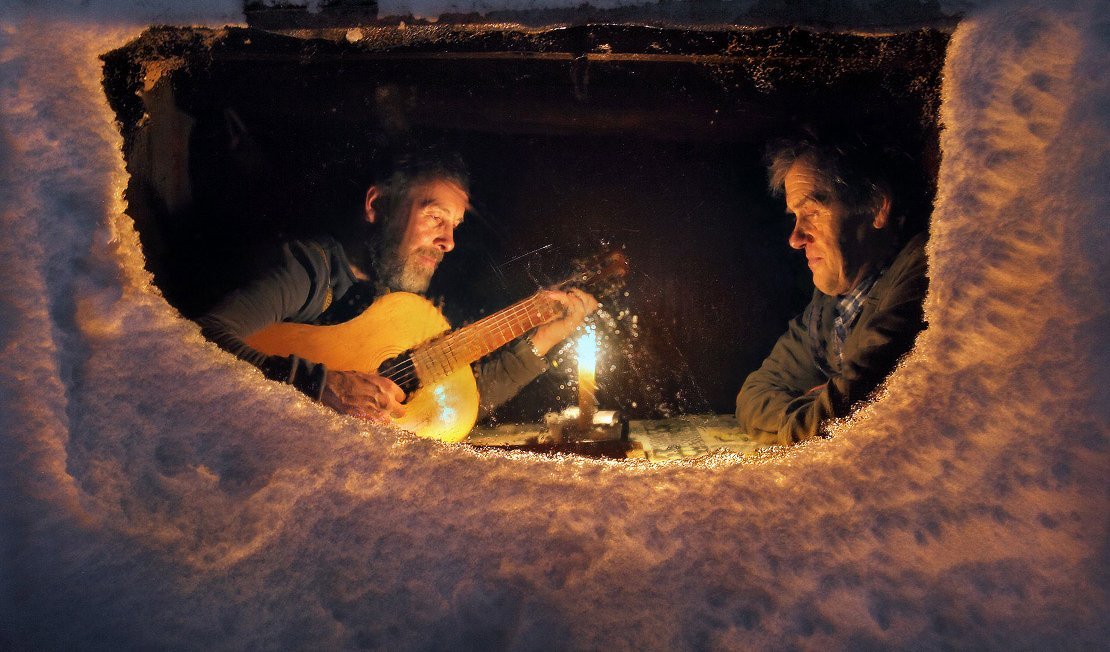
The mothers of cubs often they feed them with fat milk and watch them constantly, says photograher Nikolai Zinoviev. They also play with the little cubs every day, despite the fact that they often don’t eat during this period he says.
Only a few weeks later, the they will go with north and there on the ice teach the cubs the first lessons of seal hunting and begin to recuperate and gain weight.
Photo Credit: Nikolai Zinoviev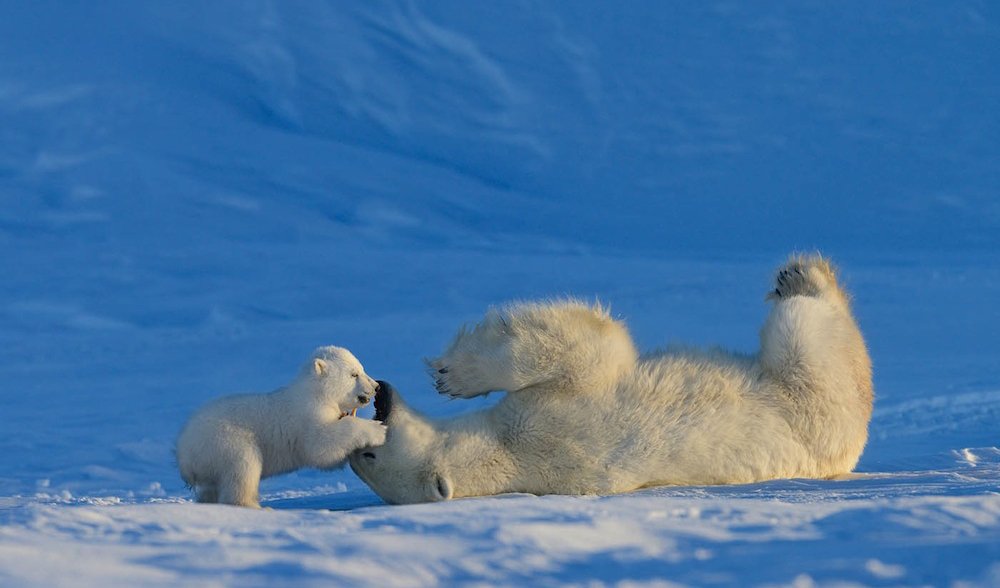
A volcanic ash-covered landscape in south-eastern Iceland.
Photo Credit: Raymond Hoffman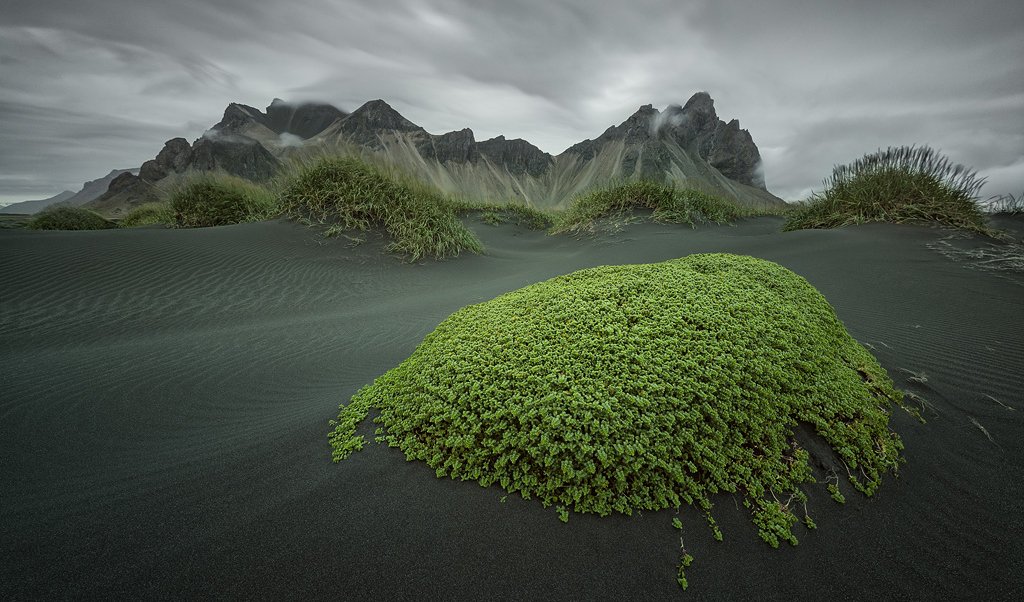
While visiting Pond Inlet, says Adam Coish, I heard about a wedding taking place the next day. I approached the bride and asked if I could capture her wedding, free of charge. Thankfully, she was thrilled to have me on board. When they brought me to their home for photos, their backyard and shed was the first thing I noticed. I loved the contrast and luckily, the bride and groom were willing to deal with the cold in order to provide me with amazing opportunities such as this one.
Photo Credit: Adam Coish
Home Topics Science & Environment Gallery: Stunning photos from the Arctic


